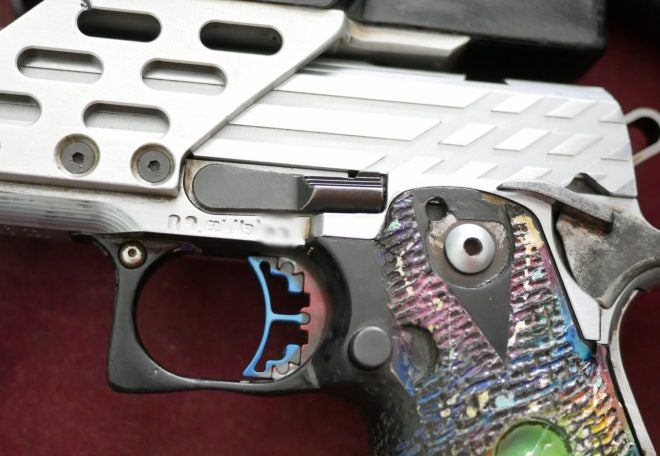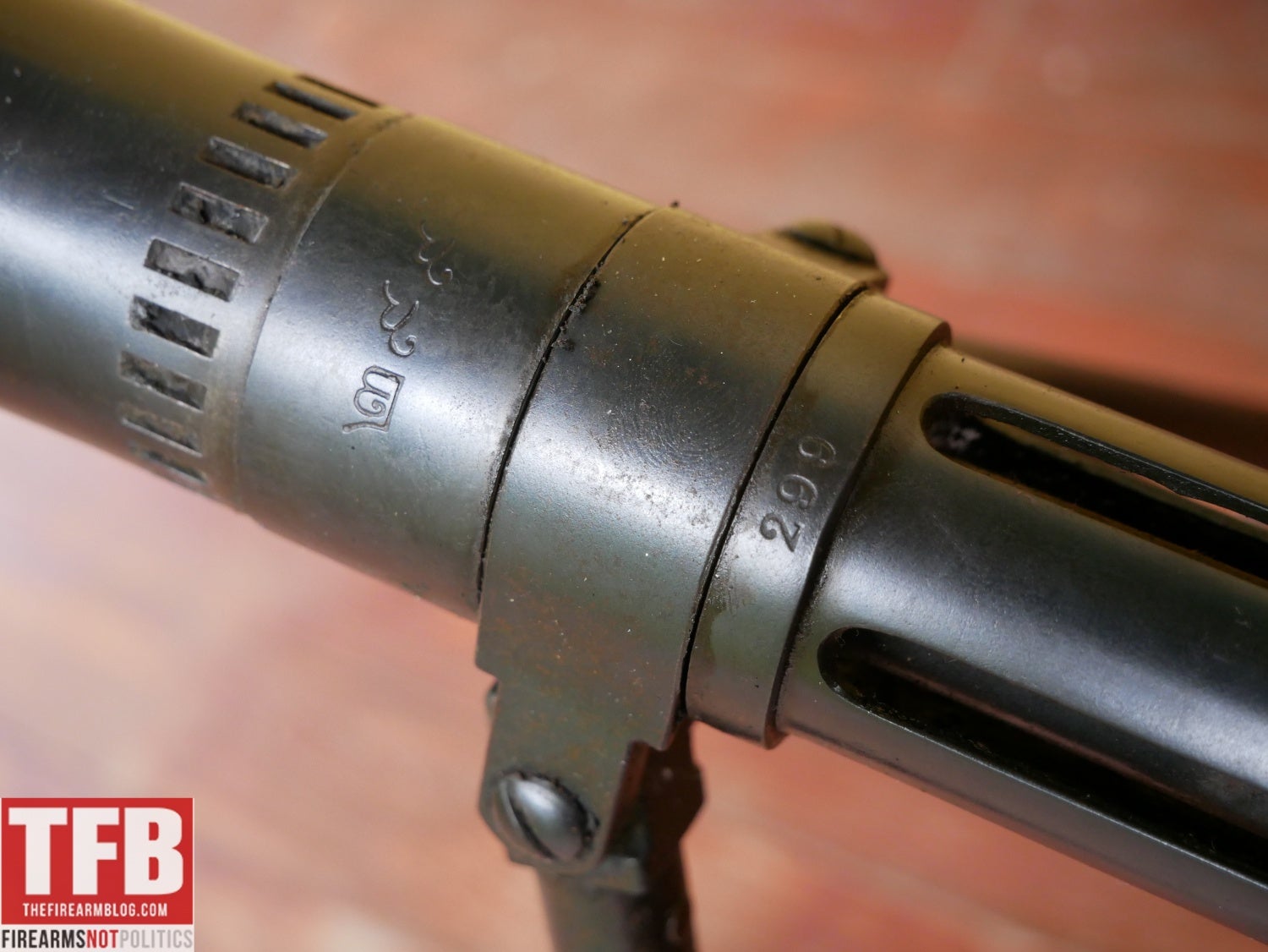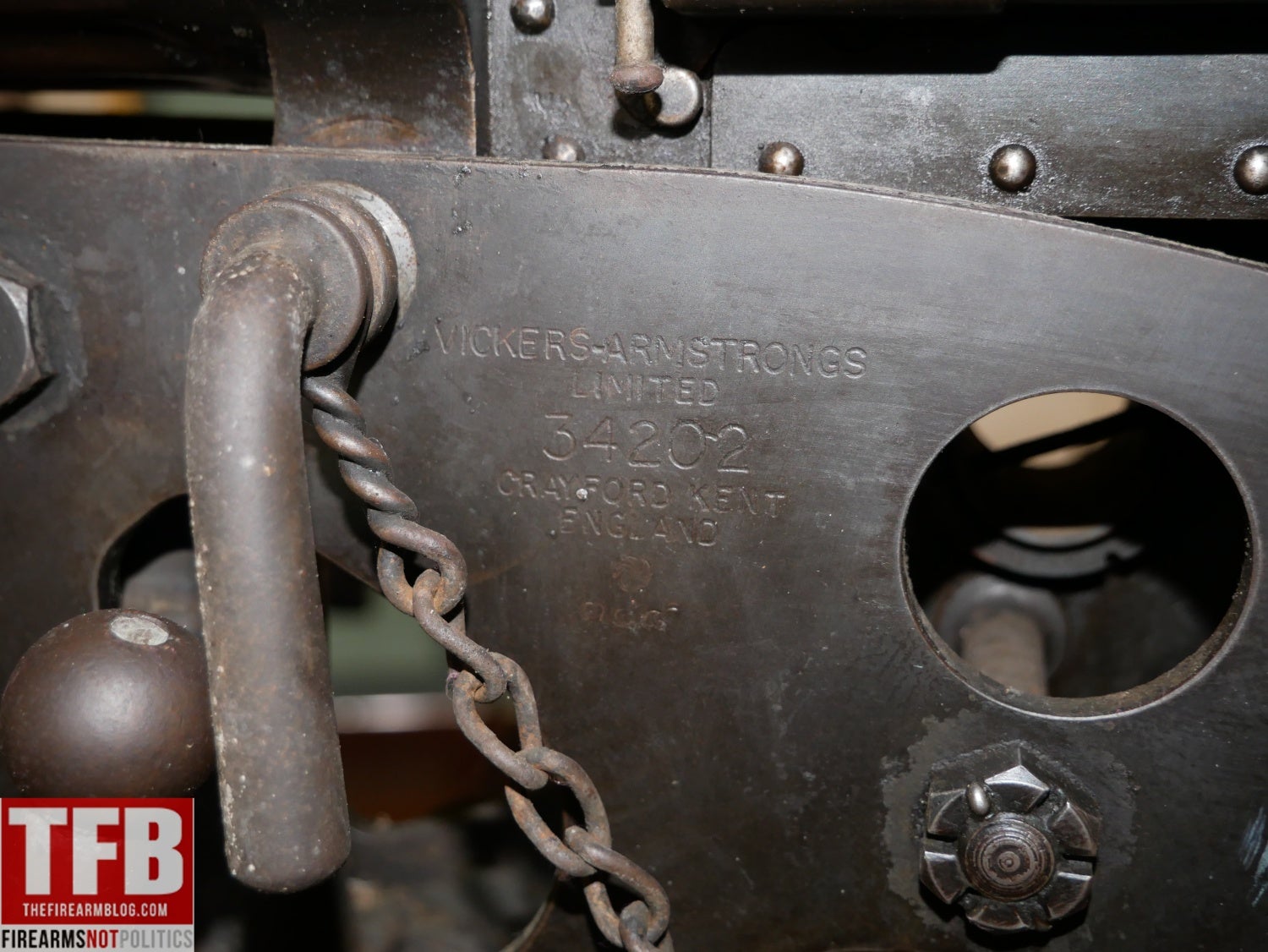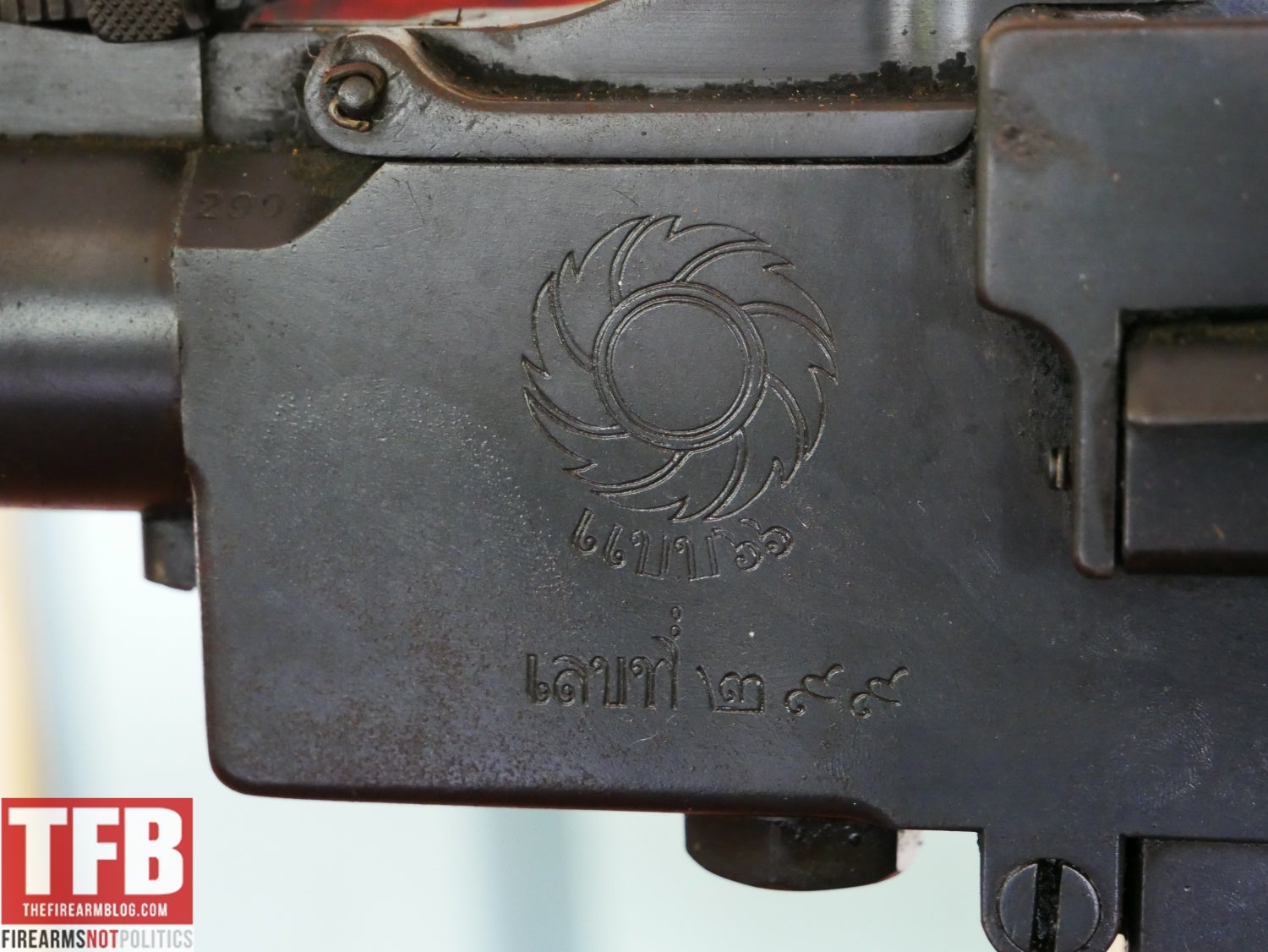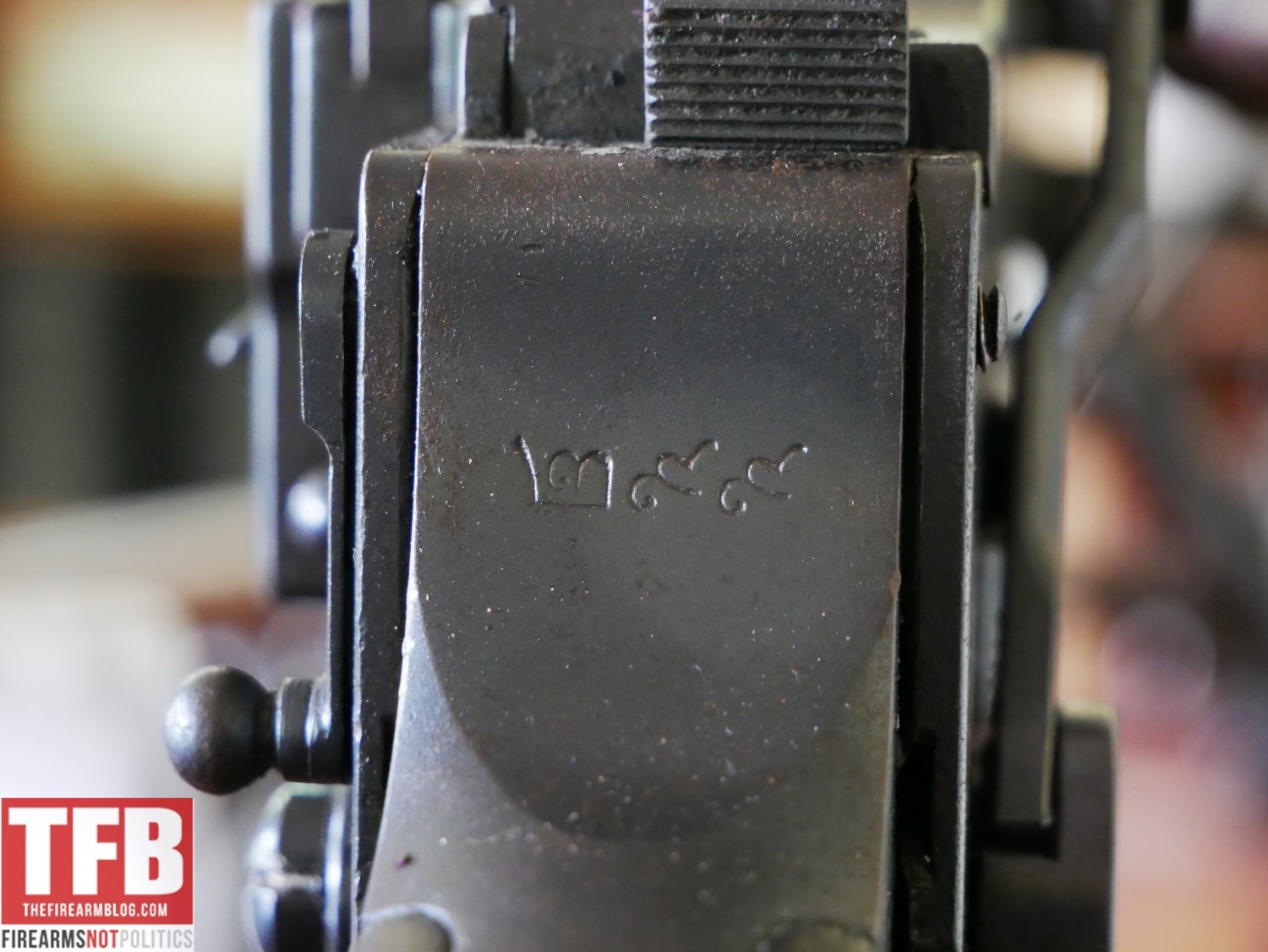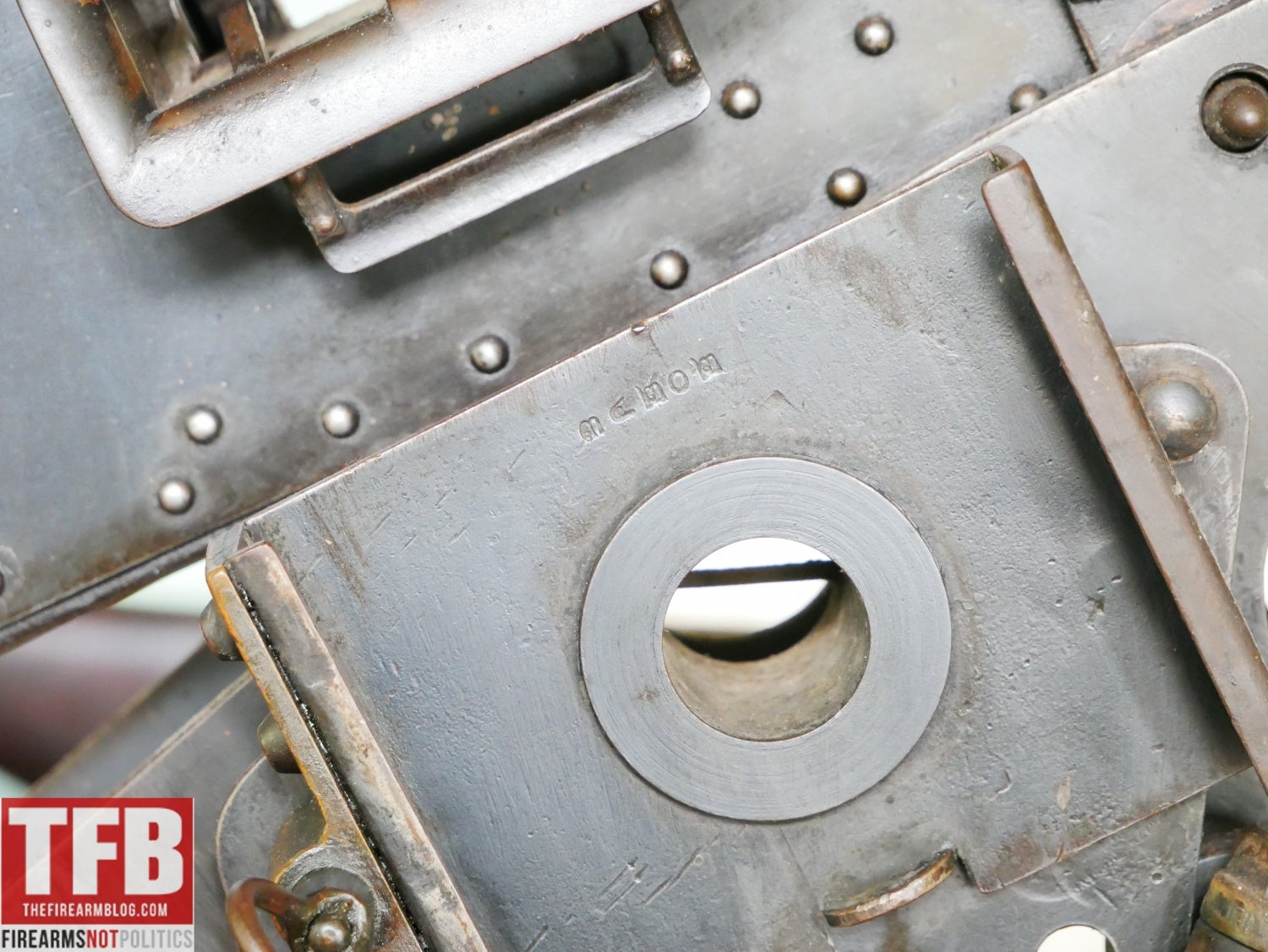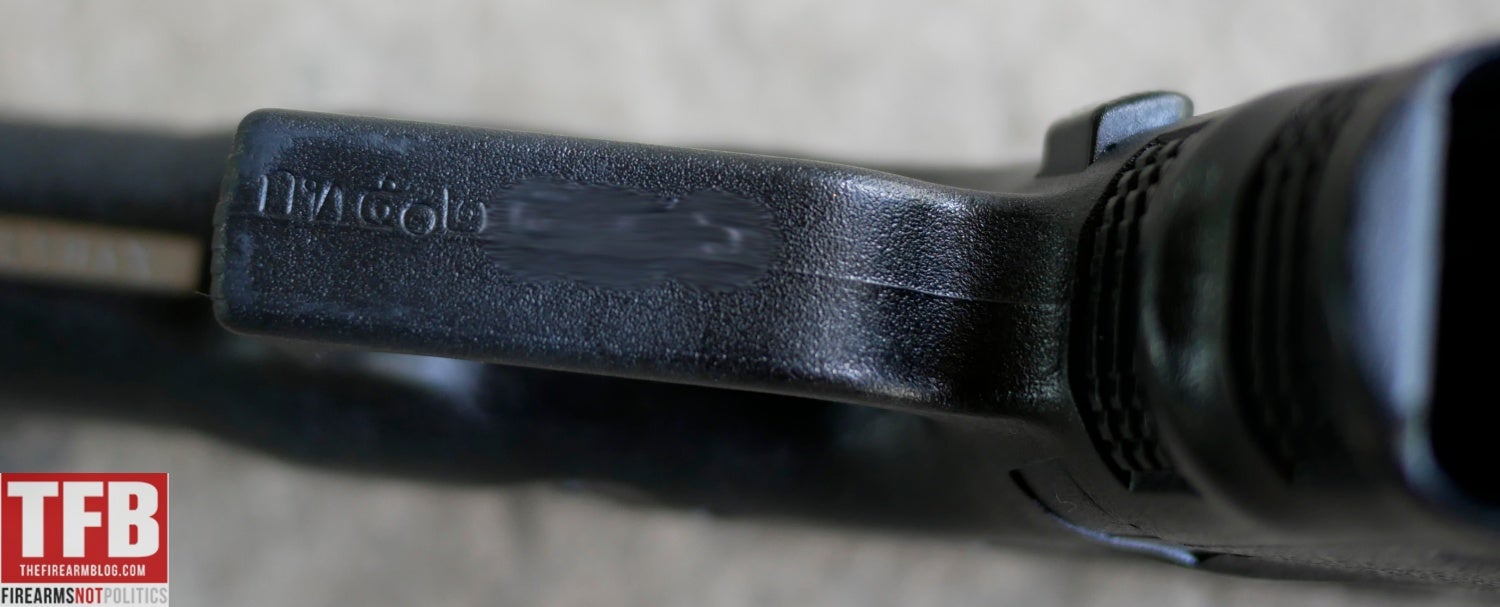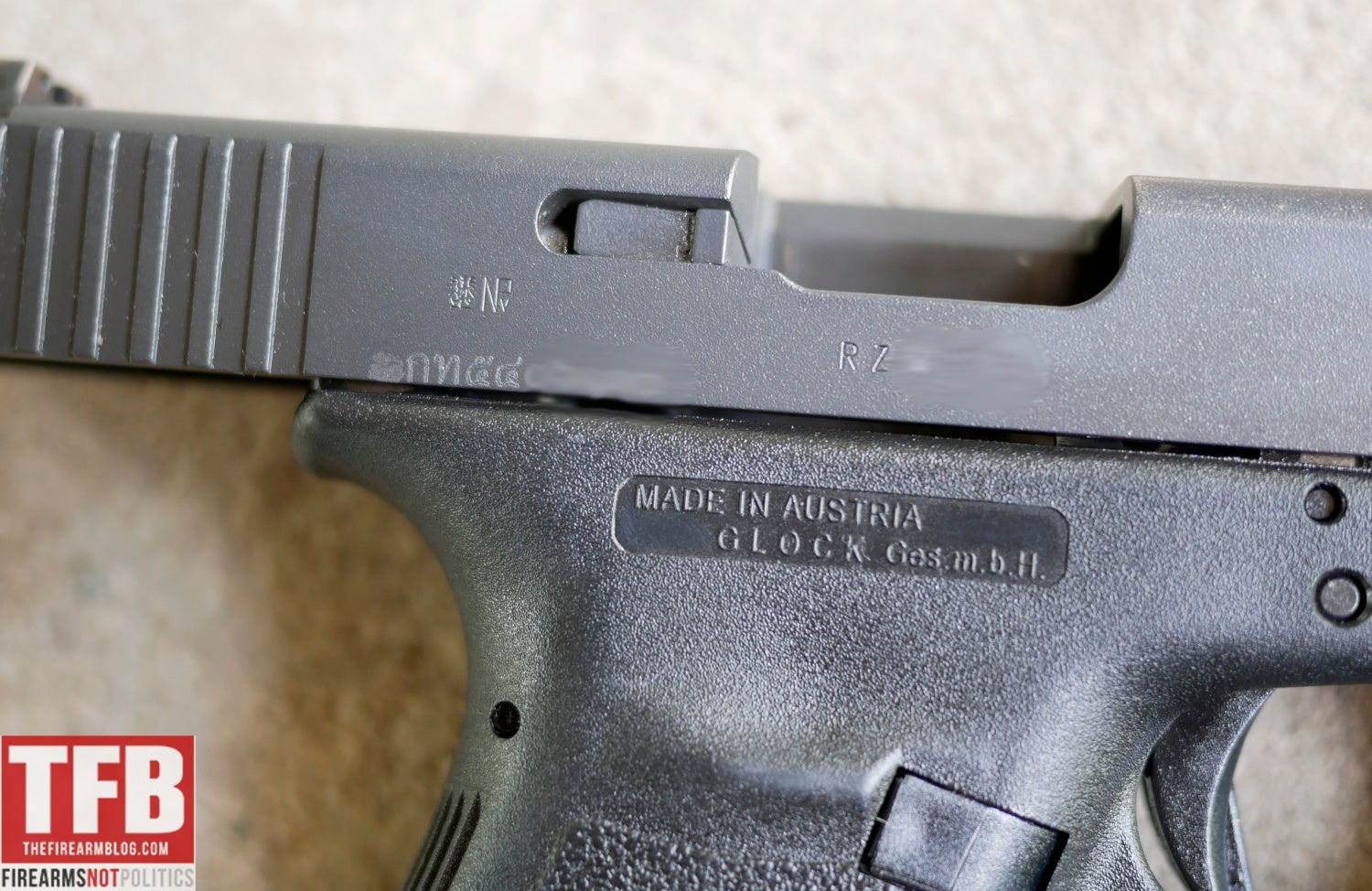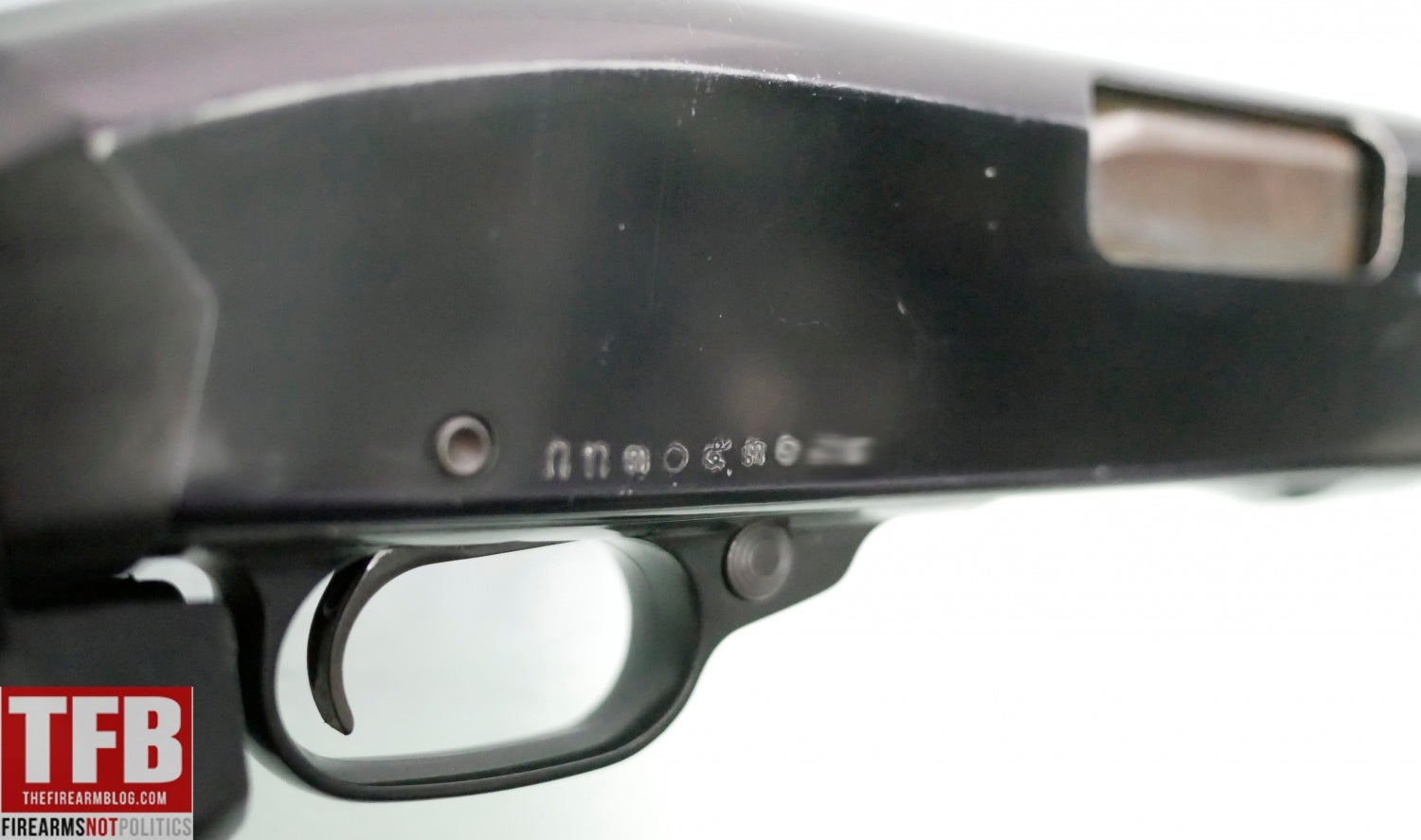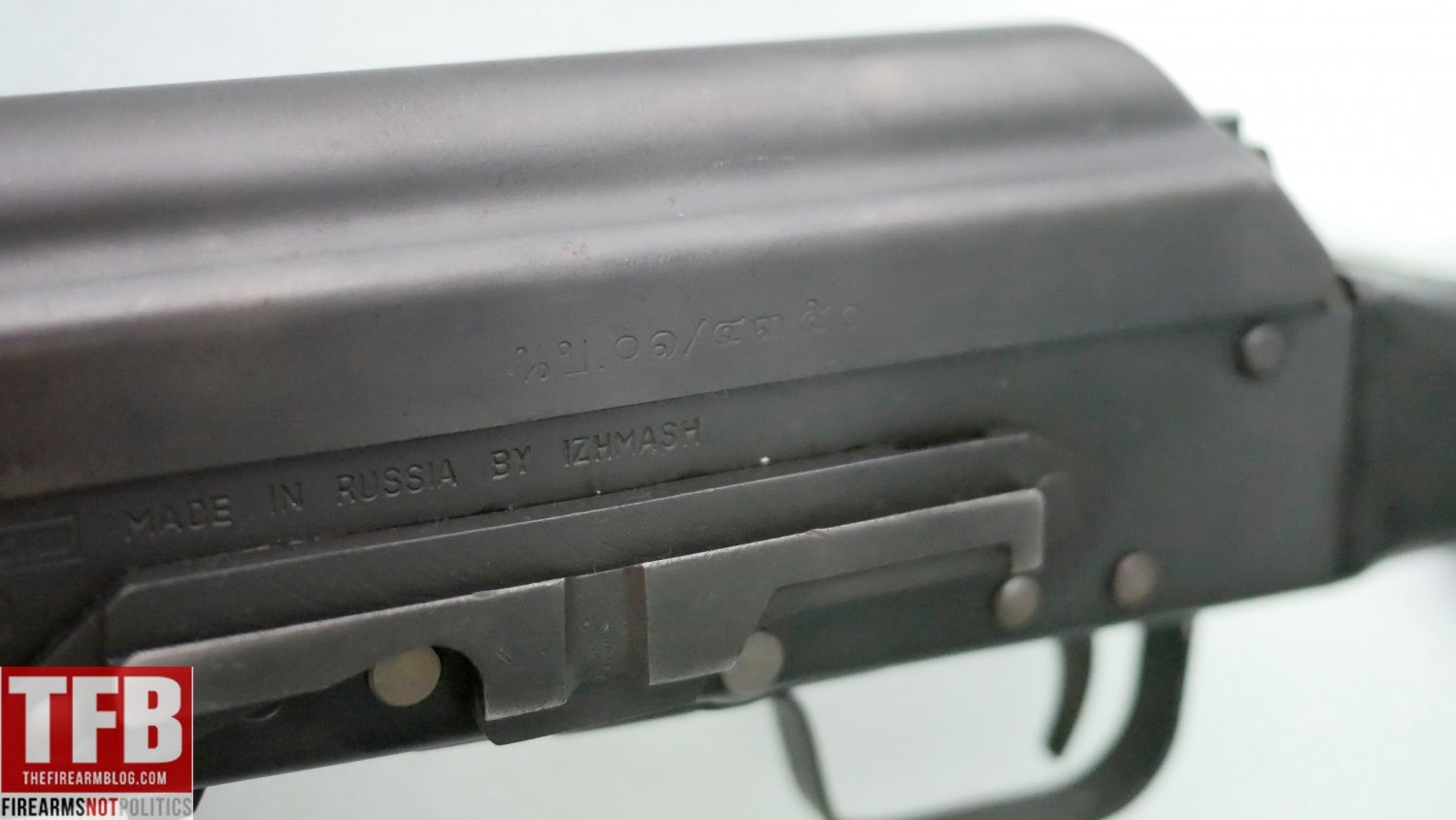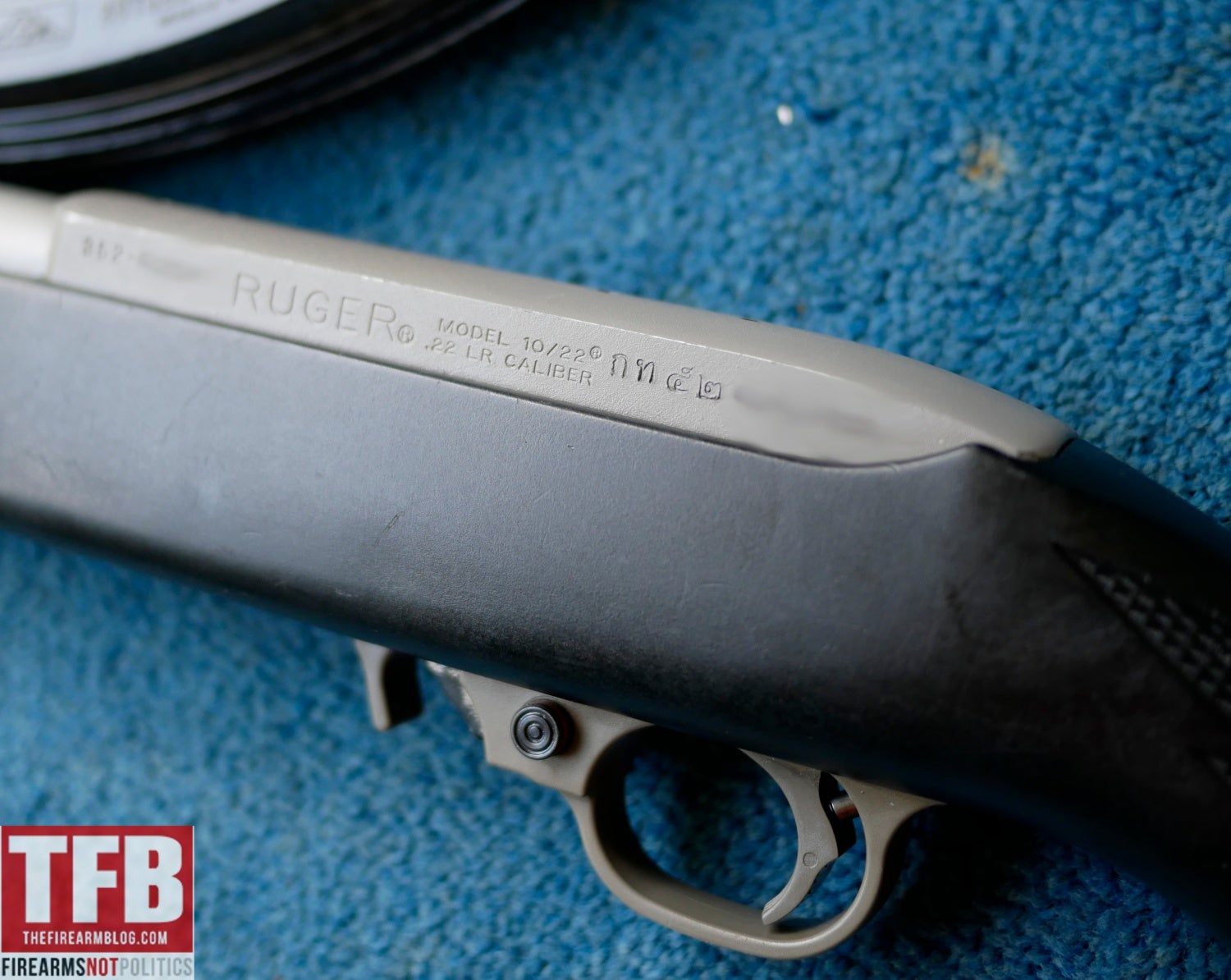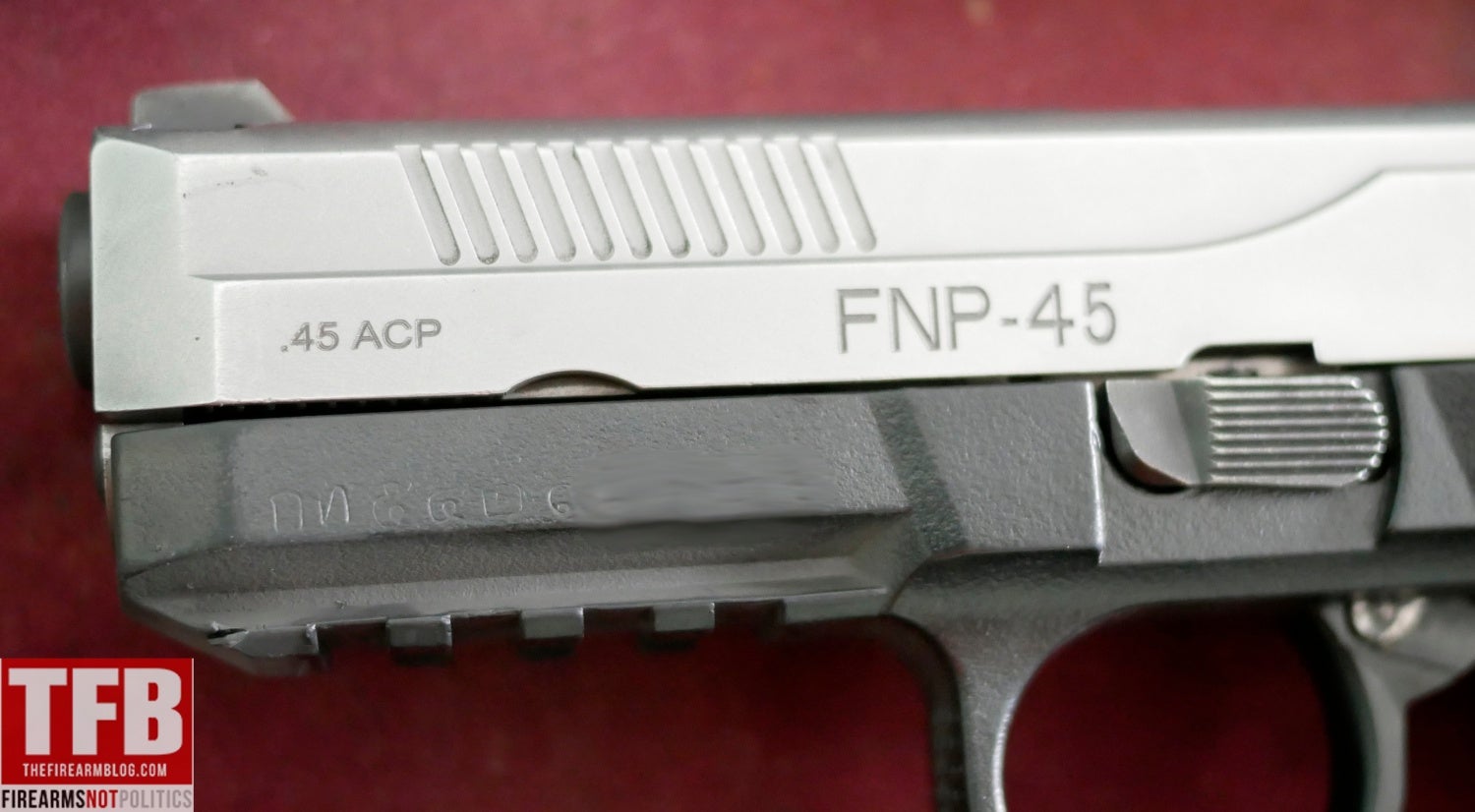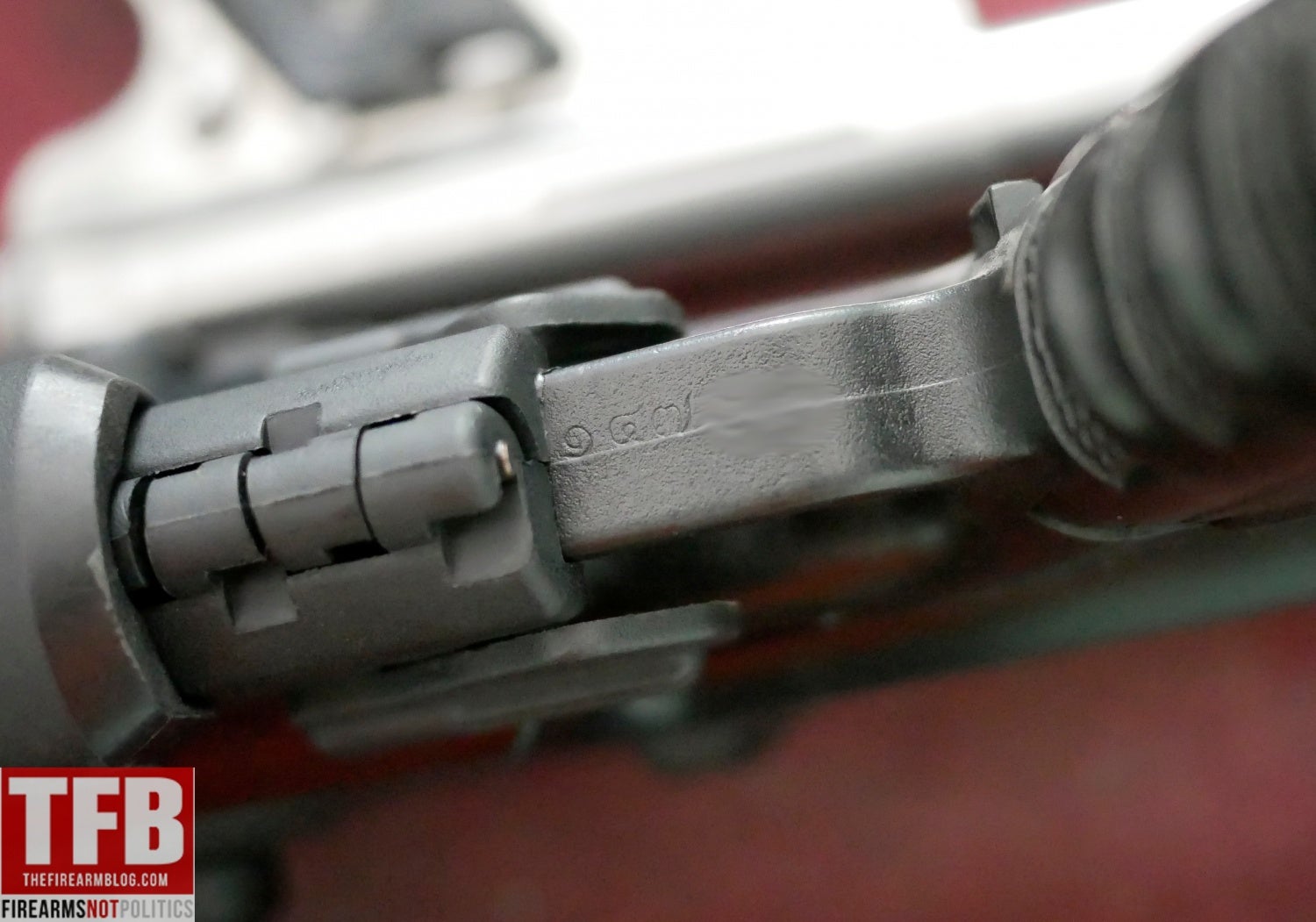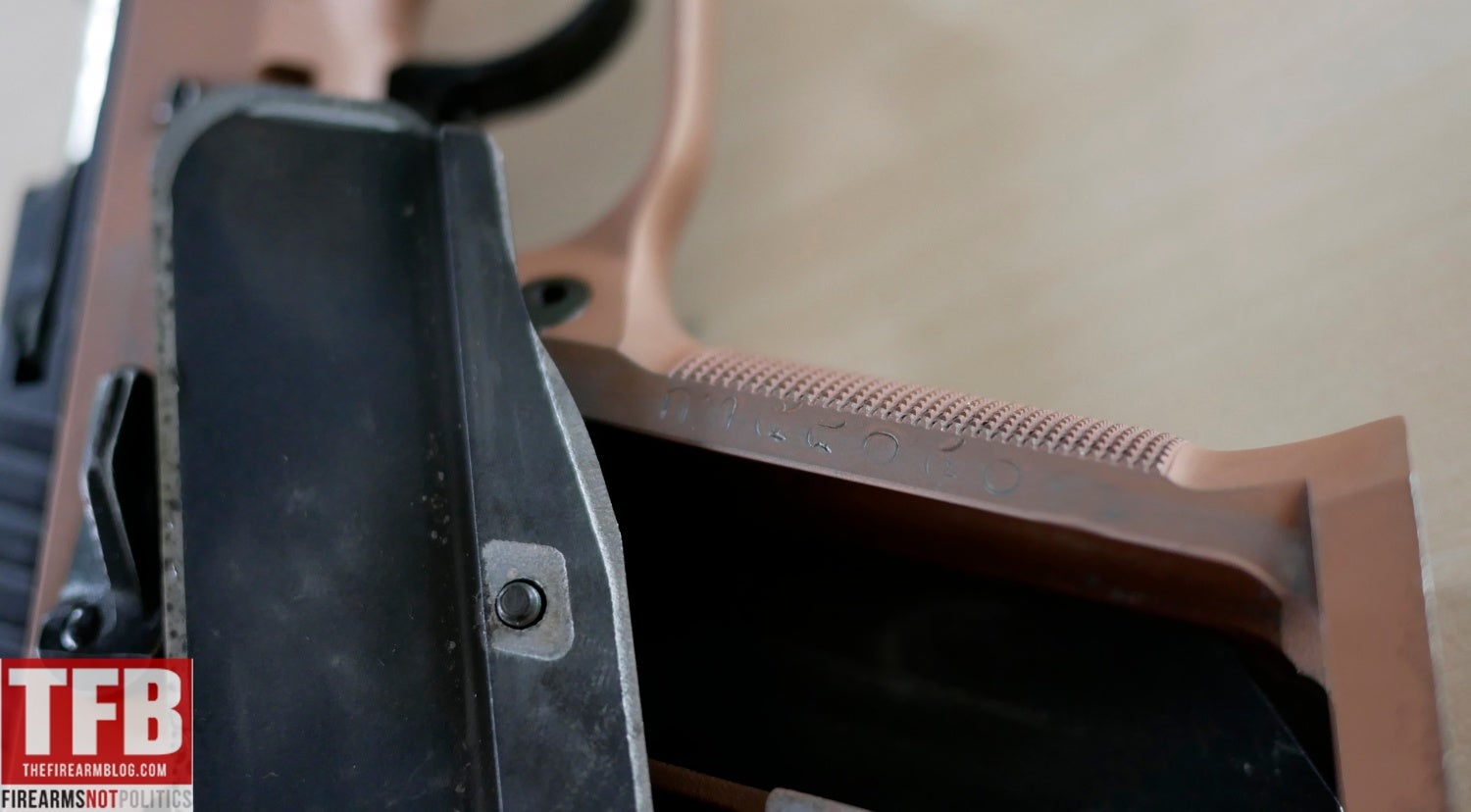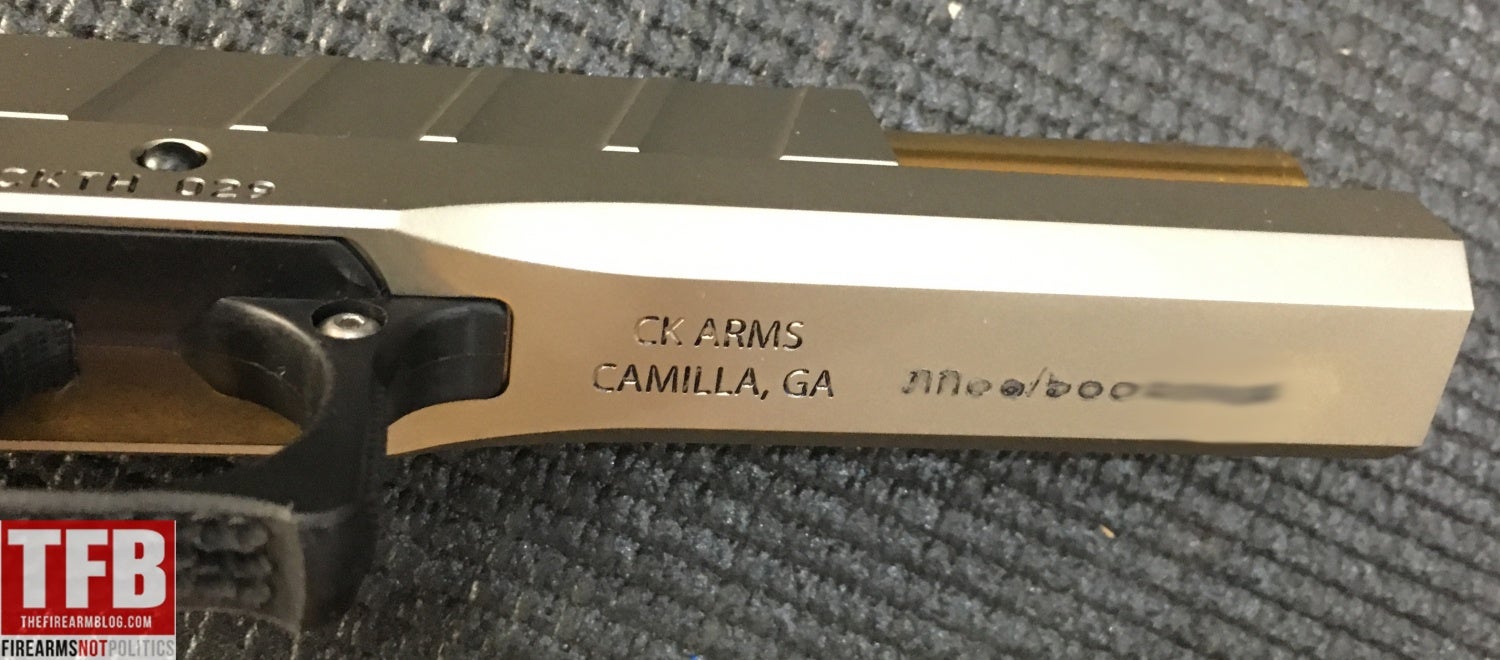Continuing the TFB tradition of covering lesser known character markings and how they can be interpreted by collectors and researchers, this article will take a look at the role of Thai numerals in marking historic small arms previously in use by Royal Thai Forces, in addition to decoding commercial imports in use by both civilians and Law Enforcement.
The first lesson we have to learn about Thai numerals is that Thai people actually rarely use them. In fact, since English has become more prevalent in Thailand, one will more often see English (technically Arabic) numerals in place right alongside Thai characters and words in a Thai script. The original Thai numerals are still present in modern-day Thai but they are often regulated to a ceremonial level or anything involving a Government statement, or the Royal Family. One of the reasons for this is that Thai numerals are actually quite intricate and don’t work well with a block style setting such as any kind of typeface. Occasionally this is the case in Arabic script-based languages ( Farsi, Pashtu, Ottoman Turkish, Urdu, Kurdish Sorani, but more often than not the Arabic numerals are simple enough to be properly set in type.
But when it comes to firearm serial numbers, Thai numerals are very prevalent. Historically this was very common with manufacturers interacting with foreign countries. Peabody-Martini’s and Winchester 1873 muskets had Ottoman numerals stamped into them before they ever left American shores on Ottoman arms contracts, so did Afghan Martini-Henry’s have serial numbers in Dari as they left the Mashina-Khana in Kabul. However, as the years have progressed, we see more English numerals being used until entire production lines are using English numerals for serial numbers.
With the Royal Thai Forces, this was no different. Early Thai small arms had both a manufacturer’s serial number stamped into the firearm, and then a translated Thai version (identical) stamped into it when it reached Thai shores. Sometime after the Vietnam War when Thai forces went through a period of modernization we don’t see any Thai numerals on HK33 or M16A1 service rifles. Interestingly enough though, we do see the Thai “Chakara” or traditional throwing knife shaped like a disc. This symbol is a very uniquely Thai marking that was prevalent on contract arms in the 1930s as it is on domestically produced HK33s today (stamped on the magazine well, right side).
A table comprising English and Thai numerals side by side has been constructed below, in an effort to help researchers, collectors, and curators figure out what they might be looking at. The numerals, along with the Thai language is read from left to right (like English) so there isn’t a concern about flipping reading directions as there is in Arabic based scripts. Some common mistakes can be confusing the Five and Four digits because the only difference is that little circle on top of the digit. Seven, Two, and Three can also be easily confused if you don’t know them well. Similar to the Arabic Five and Zero, in Thai, the One and Zero are almost identical apart from one detail where the One doesn’t connect at the 6 o’clock position. An important note for researchers to keep in mind when looking at historic small arms is that some of the intricate details of these numerals can become lost in the metal due to the ageing process.
1 |
๑ |
2 |
๒ |
3 |
๓ |
4 |
๔ |
5 |
๕ |
6 |
๖ |
7 |
๗ |
8 |
๘ |
9 |
๙ |
0 |
๐ |
This system is fairly straightforward and works well for copying the original manufacturer’s serial number. But for modern firearms owned by civilians and law enforcement, a different system is utilized. A quick note here on firearm ownership in Thailand is that in many urban Law Enforcement jurisdictions officers are often encouraged to purchase a firearm of their choice. The alternative is getting issued an old department revolver that might be unreliable. This doesn’t apply to Special Response teams and those that need to have an element of standardization (such as the Border Patrol Police that operates in the border areas). So for cops to purchase a service handgun, they have to go through a similar process as that of a civilian but not as rigorous. Either way, the handgun still has to be imported and stamped with a Thai serial number.
This serial number process is akin to the British proofing method and marking upon any firearm that is brought into the United Kingdom. Every commercial firearm that is imported into Thailand has to be stamped by the Royal Thai Government before it can be sold. Submitting the firearm for this process is the job of the Thai importer, and in fact it is this importer that becomes part of the serial number.
The first two digits aren’t digits at all in fact, they are consonants that are abbreviations of the province in which the importer is located. Whether this be in Bangkok or Chiang Mai, it is akin to the DC or MD abbreviations we have in the United States. A guide for each provincial abbreviation is available here.
but we’ve included some of the more common ones seen on Thai firearms in the table below-
Phucket |
ภูเก็ต |
ภก |
Chiang Mai |
เชียงใหม่ |
ชม |
Bangkok |
กรุงเทพมหานคร |
กท |
After the province code we sometimes have a “01” and then a slash. However this isn’t on every serial number.
But what is on every number is a year stamp of the last two digits of the Buddhist year in which the firearm was imported into Thailand. Fortunately, this can be easier to decipher because the first digit is usually a Six or Five if it came into the country within the last decade. Below is chart depicting the correct Buddhist year to the Gregorian one.
Gregorian |
Thai Buddhist |
Last 2 digits |
2018 |
2561 |
๖๑ |
2017 |
2560 |
๖๐ |
2016 |
2559 |
๕๙ |
2015 |
2558 |
๕๘ |
2014 |
2557 |
๕๗ |
2013 |
2556 |
๕๖ |
2012 |
2555 |
๕๕ |
2011 |
2554 |
๕๔ |
2010 |
2553 |
๕๓ |
2009 |
2552 |
๕๒ |
2008 |
2551 |
๕๑ |
2007 |
2550 |
๕๐ |
2006 |
2549 |
๔๙ |
An important note here is that the year code is integral to the serial number, there usually isn’t anything separating it from the rest of the number apart from one or more Zero’s if that particular province hasn’t had many firearms imported. The next several digits are that firearm’s unique THAI SERIAL NUMBER. This number is not the same as the original manufacturer’s number, in fact it has absolutely no relation to it. Thus, ideally, every legal commercial firearm in Thailand actually has two serial numbers.
Now firearms in Thailand occupy a niche space that exists in countries with a high level of registration and regulation. But this is also influenced by the price tag, which is criminally exorbitant. Some of this is because every legitimate part and firearm has to be imported from the United States or Europe. But mostly this is due to the high tax imposed on every firearm. A NiB Glock handgun would routinely go for two to three thousand dollars where it is less than seven hundred in the US.
Of course, this drastically influences the market and the Thai shooting crowd. Confining it to most of the upper middle class or higher class of society (very unfortunately for the rest of the population also interested in small arms). There are social groups outside of these parameters that own firearms, but apart from retired Law Enforcement officers, they are outliers to the community.
Thus, if you are already spending over five to ten thousand dollars on a stock race gun without any of the accessories, do you really want an ugly Government serial stamp (that is the exact same format on the cheapest thing imported that year) on your Les Baer Custom 1911, or that Smith & Wesson Performance Center J-Frame? No, of course not, but you obviously have to be compliant with the law. So when it comes to this Thai serial number, the Government has allowed some variation as to the location of the stamp. With handguns this means that the grip panels or revolver grips are removed, the receiver stamped, then the panels put back on so it was as if it never had the stamp. Sometimes they will intentionally stamp under the edge of the grip panel so it is somewhat obscured but also visible for inventorying (instead of loosening the panel every time).
 Your Privacy Choices
Your Privacy Choices
